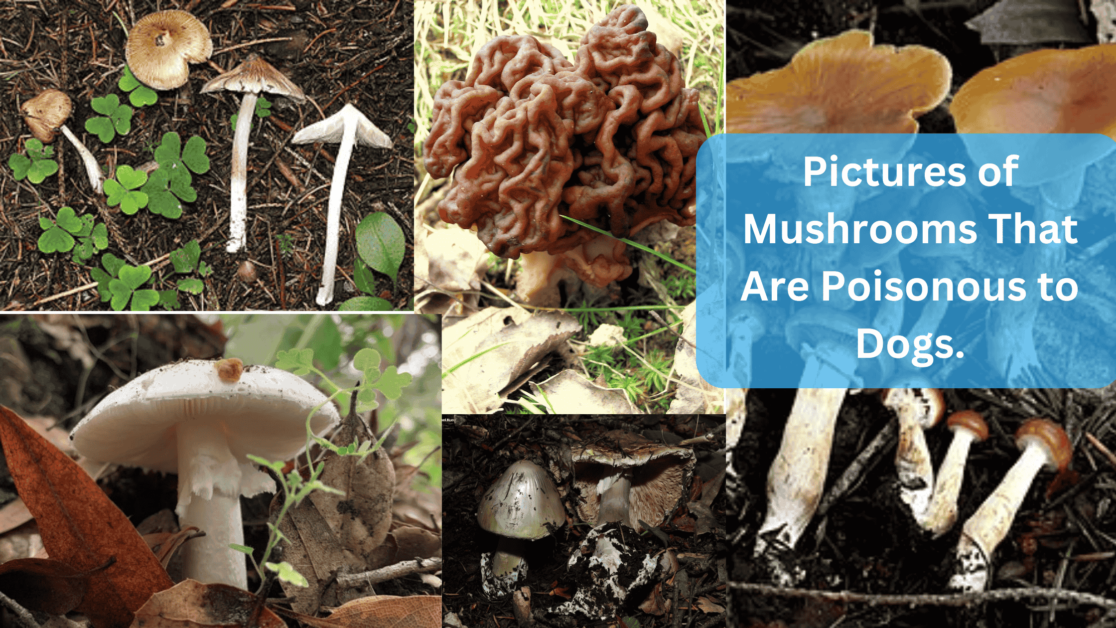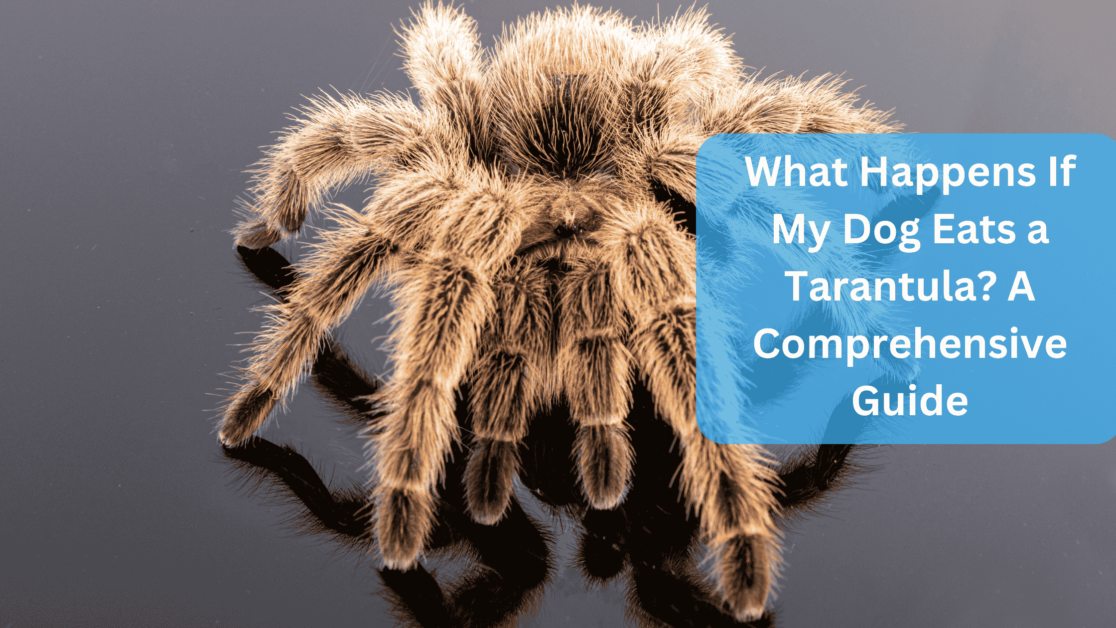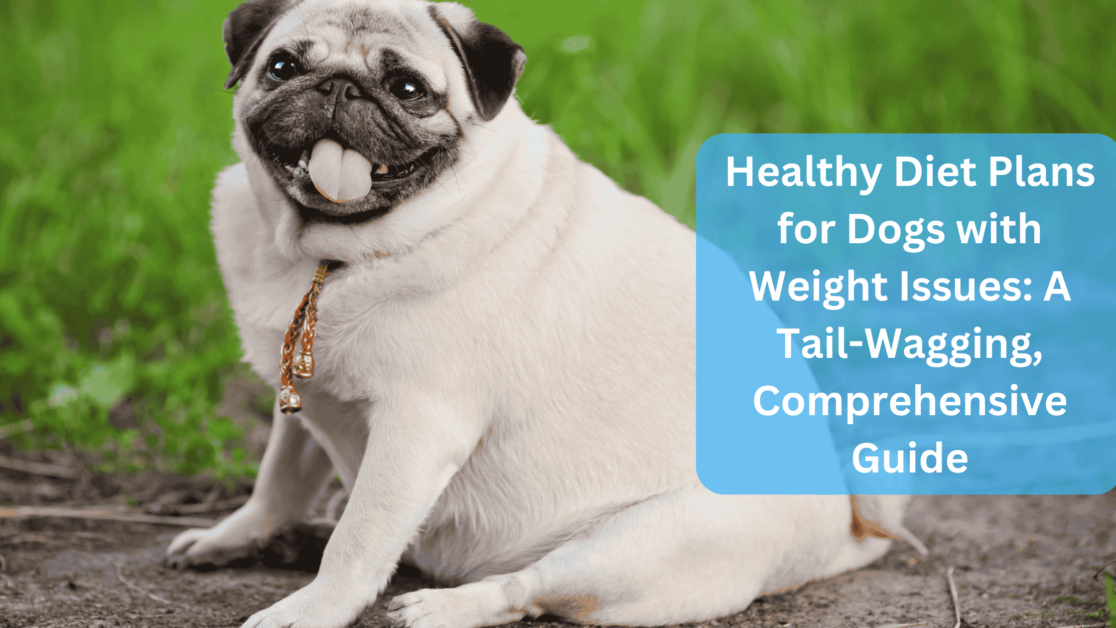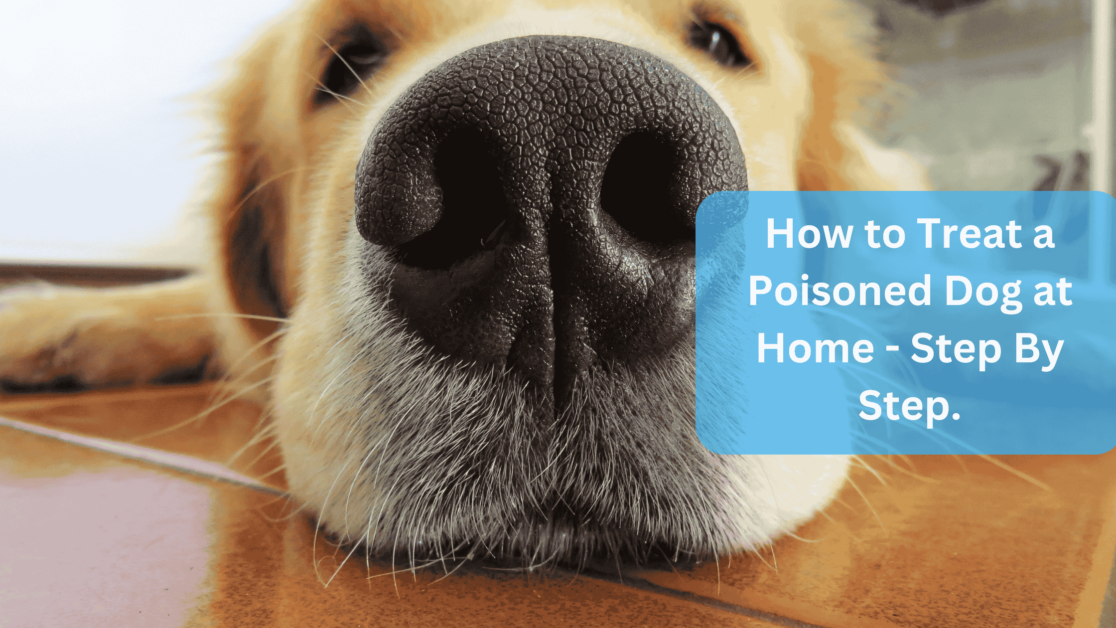Are Hydrangeas Poisonous to Dogs? – As a loving dog owner, you might already be aware of common household hazards—chocolate, grapes, and onions are among the most notorious no-nos. But how about hydrangeas? 🌸 While beautiful in bloom, these vibrant shrubs may not be as harmless as they seem when it comes to our canine companions. Let’s dig into the question: Are hydrangeas poisonous to dogs?
What Are Hydrangeas?
Hydrangeas are popular ornamental shrubs known for their stunning clusters of flowers and lush green foliage. They thrive in gardens and landscapes, offering a splash of color from spring through fall. However, their beauty can come with hidden dangers for our pets.
Why Pet Owners Should Be Concerned About Hydrangeas and Dogs
Pet parents need to be vigilant about the plants in their homes and yards. Dogs are naturally curious creatures, and that curiosity can lead them to nibble on anything from grass to flowers.
Unfortunately, while hydrangeas may enhance your garden’s aesthetic appeal, they can pose serious risks to our furry friends.
Are Hydrangeas Poisonous to Dogs?
Explanation of Hydrangea Toxicity
Yes, hydrangeas are considered toxic to dogs. The leaves, flowers, and stems contain substances harmful to our pups. Hydrangeas contain cyanogenic glycosides, which can convert to cyanide when ingested. As the name suggests, cyanide is no laughing matter—it’s a potent toxin!
Common Misconceptions About Hydrangeas and Dogs
Some pet owners might think, “My dog has eaten a few leaves before, and he was fine.” Just because a dog doesn’t show immediate effects doesn’t mean it’s safe. The level of toxicity can vary based on the amount ingested and the individual dog’s sensitivity. It’s better to be safe than sorry!
Signs of Hydrangea Poisoning in Dogs
Symptoms to Watch For
If your dog has managed to munch on some hydrangeas, keep an eye out for symptoms, including:
- Vomiting
- Diarrhea
- Lethargy
- Loss of appetite
- Stomach pain
Severity of Symptoms and When to Seek Help
If you notice any of these signs after your dog has nibbled on hydrangeas, it’s time to call your vet. The severity of symptoms can vary depending on several factors, including the amount consumed and the dog’s overall health.
Which Parts of Hydrangeas Are Toxic to Dogs?
Toxicity of Hydrangea Leaves to Dogs
The leaves of hydrangeas are toxic and can cause gastrointestinal distress if ingested. Just think of them as the “green villains” in your garden!
Toxicity of Hydrangea Flowers to Dogs
The flowers, while lovely to look at, also contain harmful compounds. If your pup decides to engage in a flower-tasting session, you might find yourself at the vet’s office.
Toxicity of Hydrangea Stems and Seeds to Dogs
Don’t let the stems and seeds fool you; they’re equally dangerous. All parts of the hydrangea plant have the potential to harm your dog.
Understanding How Hydrangeas Affect Dogs
Explanation of Cyanogenic Glycosides
Cyanogenic glycosides are chemical compounds found in some plants, including hydrangeas. When ingested, they can release cyanide, which affects cellular respiration and can lead to serious health issues.
How These Compounds Specifically Impact Dogs
In dogs, ingestion of cyanogenic glycosides can disrupt oxygen delivery in the body. This can lead to symptoms such as difficulty breathing, increased heart rate, and, in severe cases, even death. Yikes! So, keeping hydrangeas out of reach is a smart move.
How Poisonous Are Hydrangeas to Dogs?
The toxicity of hydrangeas can vary, but it’s wise to treat them as potentially dangerous. Even a small amount can cause gastrointestinal upset, while larger amounts could lead to serious health complications. The bottom line? Hydrangeas and dogs do not mix well!
Are Dried Hydrangeas Poisonous to Dogs?
Analysis of Toxicity in Dried Versus Fresh Hydrangeas
Dried hydrangeas still contain some of the same toxic compounds as their fresh counterparts. While the concentration may decrease over time, it’s best to avoid letting your dog chew on dried bouquets or arrangements. Remember, just because they look decorative doesn’t mean they’re safe!
What to Do If Your Dog Ingests Hydrangeas
Initial Steps to Take If Ingestion Occurs
If you suspect your dog has eaten hydrangeas, don’t panic. Remove any remaining plant material if it’s safe to do so, and keep an eye on your pup.
Importance of Contacting a Veterinarian
It’s crucial to contact your veterinarian immediately. They can advise you on the best course of action and whether your dog requires treatment.
Potential Treatments and Outcomes for Dogs
Treatment may include inducing vomiting, administering activated charcoal, or providing supportive care like IV fluids, depending on the severity of ingestion. The sooner you act, the better the outcome for your furry friend!
Preventing Hydrangea Poisoning in Dogs
Keeping Dogs Away from Hydrangeas
The best prevention is to keep hydrangeas out of reach! If you have them in your yard, consider fencing them off or planting them in an area that’s inaccessible to your dog.
Tips for Dog-Proofing Your Garden
- Choose non-toxic plants that are safe for dogs.
- Regularly inspect your garden for any new hazards.
- Teach your dog the “leave it” command to discourage them from nosing around potentially harmful plants.
Educating Family and Visitors About the Risks
Make sure everyone in your household and your guests are aware of the dangers hydrangeas pose to dogs. Awareness is the first step in prevention!
Safe Garden Alternatives for Dog Owners
Non-Toxic Plants and Flowers Suitable for Dogs
Consider planting dog-friendly alternatives like:
- Marigolds
- Sunflowers
- Snapdragons
These beautiful options won’t harm your pup while still brightening your garden!
Recommendations for Creating a Dog-Friendly Outdoor Space
Design your garden with your dog in mind. Provide plenty of space for them to run, play, and explore safely without the risk of encountering toxic plants.
Frequently Asked Questions About Hydrangeas and Dogs
Can All Types of Hydrangeas Be Toxic to Dogs?
Yes, all types of hydrangeas are considered toxic, but the degree of toxicity can vary between species.
How Much Hydrangea Ingestion Is Considered Dangerous for Dogs?
Even small amounts can be harmful, but symptoms may depend on the specific dog and amount ingested.
Are There Any Hydrangea Varieties That Are Safe for Dogs?
Unfortunately, there are no hydrangea varieties that are considered safe for dogs. It’s best to avoid them altogether.
What Should I Do If I’m Unsure If My Dog Ate Hydrangeas?
If you’re unsure whether your dog has ingested hydrangeas, it’s better to be cautious and consult your veterinarian.
Can Hydrangeas Lead to Long-Term Health Issues for Dogs?
After exposure to hydrangeas, most dogs recover well with prompt treatment. However, severe cases can lead to more serious health complications, so immediate veterinary attention is crucial.
Also Read: Can My Dog Eat Popcorn? The Best Guide for Pet Owners.
Also Read: Can Dogs Eat Quinoa? Is it Safe for your Dog?
Conclusion
Hydrangeas may be lovely to look at, but they can be toxic to our beloved dogs. Always keep these plants out of reach and be aware of the symptoms of poisoning.
As responsible pet owners, it’s our job to ensure our dogs stay safe and healthy. By understanding the risks associated with hydrangeas and taking preventive measures, you can protect your furry friend while enjoying a beautiful garden. Remember, a safe dog is a happy dog! 🐾💚
Sources:







